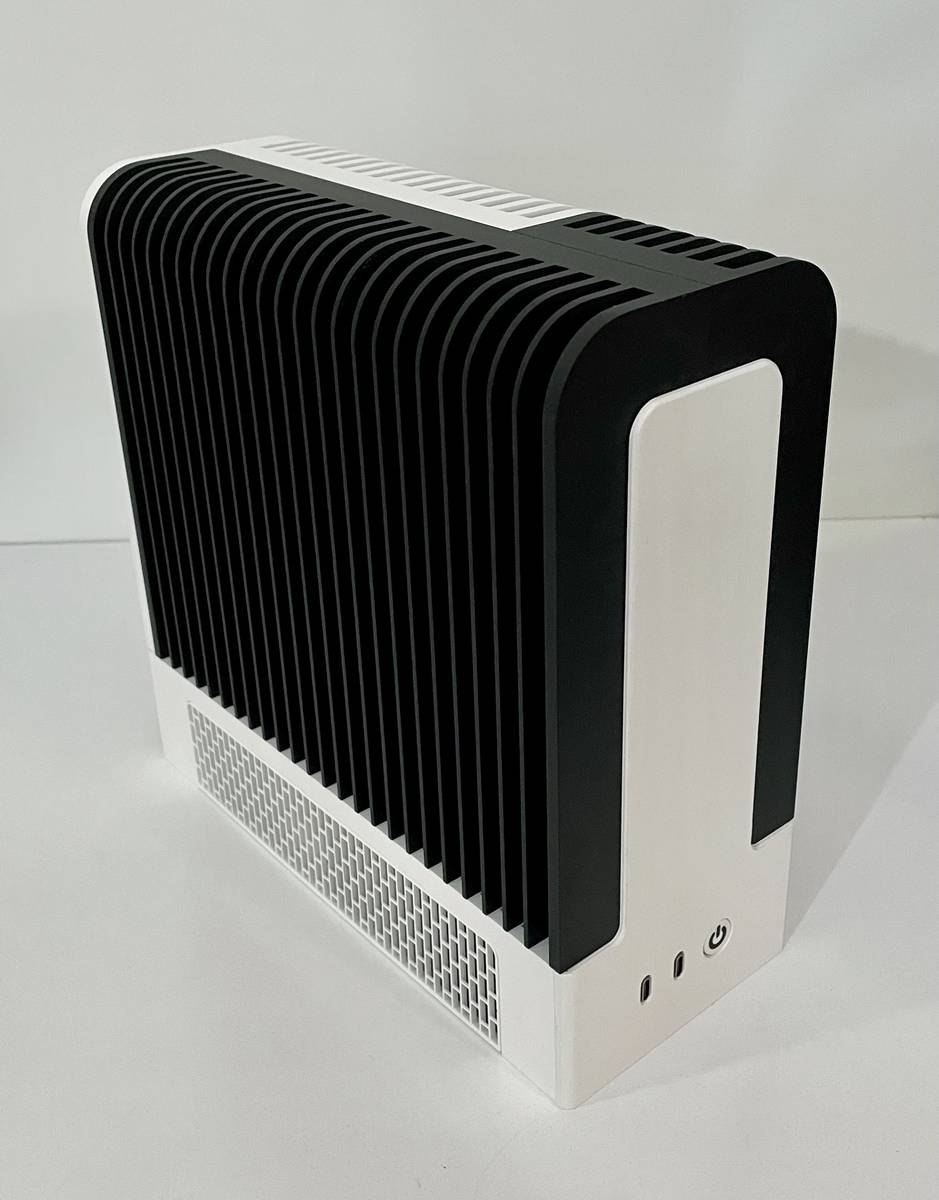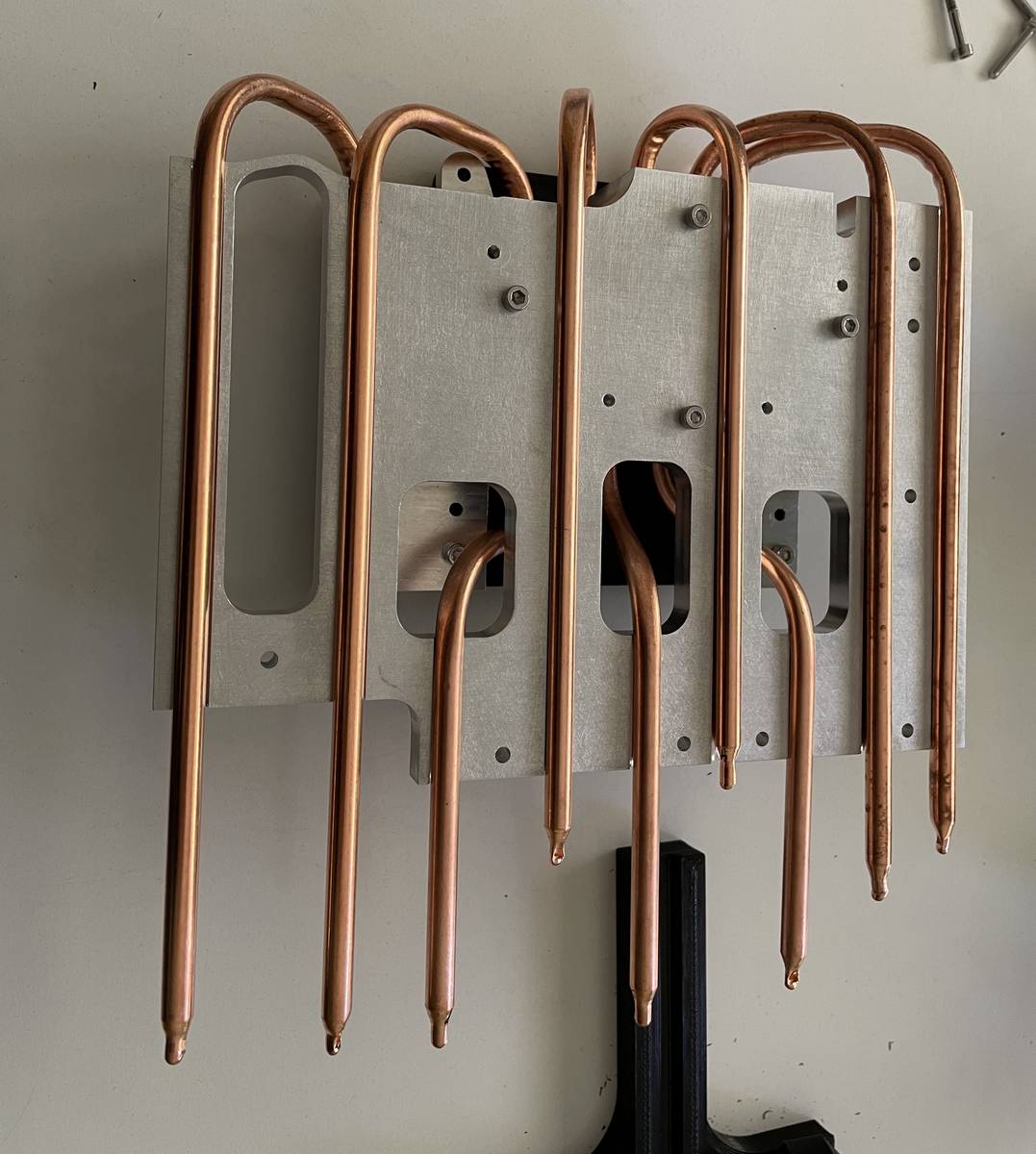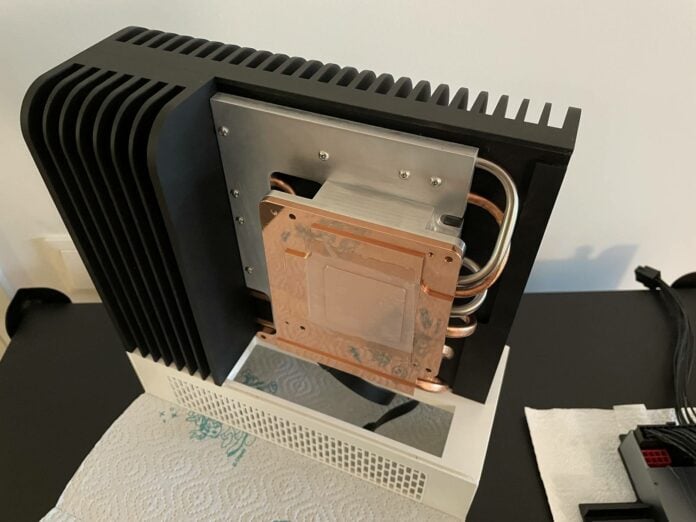In the world custom computers, fanless designs are some of the most deceptively complicated out there. It takes precise design and manufacturing to adequately account for the dimensions and thermal requirements of target hardware. Despite these challenges, modders continue to craft chassis that mix compactness and effective cooling, bringing the likes of Ryzen Strix Halo and more to the desktop.
Made by TheJiral, the Monochrome 2 is one such example, offering a fanless enclosure for AMD’s high-performance Strix Halo processors. This chassis focuses on functionality, built from the ground up to suit the system’s heat dissipation needs. It is also quite compact, sizing up at about 7.5L in volume.

By going for a fanless small form factor (SFF) design, TheJiral made this operation even more complicated for themselves, as the heat dissipation calculations must be precise to avoid coming short of the required cooling surface area. All the more so taking into consideration the target chip is the flagship 16-core AMD AI MAX+ 395 with 64GB of unified memory.
Sporting a TDP range of 45-120W, the modder had to target a slightly higher cooling capacity, estimated to be 140W despite the passive design. Whether it will be enough for smooth system operation is unclear, as TheJiral is still awaiting the shipment of a Framework motherboard to complete the system.
For those unaware, Framework, the company behind modular laptops, has also announced its plans to produce compact desktop systems, based around mobile hardware. The aim is to offer a space and energy-efficient solution to those not needing a lot of horsepower. So, while pending the delivery of the board, TheJiral used Framework’s official 3D models and other technical drawings.

According to TheJiral, the most difficult part of this build was shaping heatpipes, which required three to four bends to contact the desired fin location. Furthermore, each pipe had to be shaped differently. A very important operation since the entire system cooling will rely on natural heat convection.
Once more, I can’t help but be in awe at the lengths some modders go to in their projects. Even more so when said project has the finish of a retail product. When I first looked at the pictures of TheJiral’s efforts, I thought the case was from an official manufacturer. Hopefully, the modder receives the motherboard sooner so we can find out how everything turned out.


